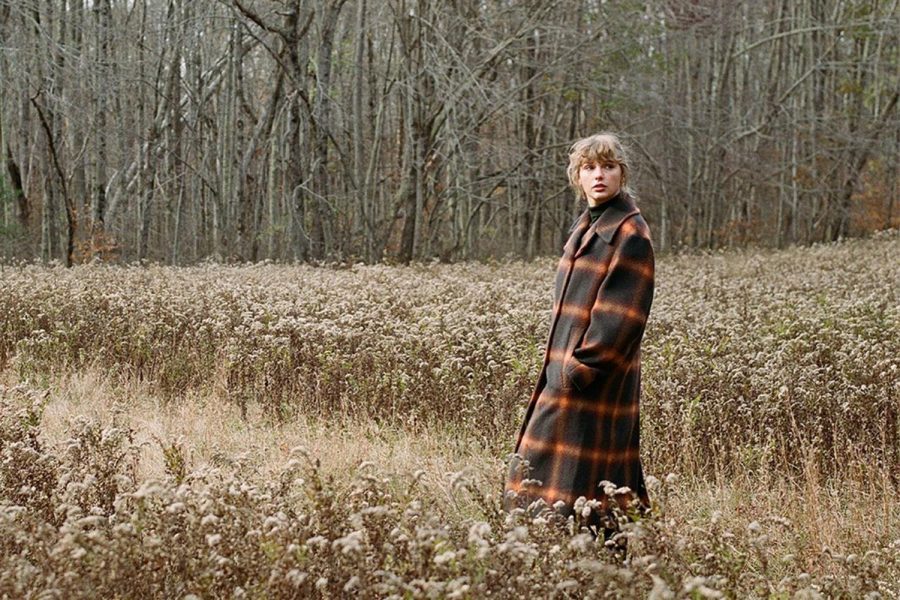Review: Taylor Swift continues growing her legacy in a genre partially of her own creation
Taylor Swift has been on a creative spree. She has released three full length LPs since August 2019, an unprecedented amount for an artist, especially one of her caliber.
Her career has been marked by many things, but one of the most consistent themes for her music is that it always seems to change. She began her career with a spunky pop country mix which quickly launched her into the spotlight. She then made a dramatic change and fully traversed into the pop music scene. As fans began to become comfortable with the supposed “New Taylor”, she has changed her brand again.
Swift’s second pronounced genre change began with her July 2020 album Folklore, which took on a slow folk approach, but still had its pop elements. However, Swift cemented herself in the folk pop genre with the December 2020 album Evermore. Evermore built on the foundation that Folklore created by diving more heavily into stripped back instrumentals and production. Evermore is more sure of what it wants to be, while Folklore was busy toeing the line between genres.
Although Swift may be venturing into new styles, she addresses all too familiar themes. The main concern of all the songs in Evermore have to do with relationships, mostly romantic, just as her previous three albums have solely focused on.
She did diverge somewhat, though, with songs such as “happiness” and “dorothea” in the middle of the album. While relationships are still important in these tracks, they focus more on the emotions behind relationships and not just the relationships themselves.
A high level of emotional maturity can be seen in the lyrics of “happiness” where Swift realizes that although there was happiness because of her romantic relationship, there will still be happiness after. Although the themes of relationship are a little too consistent for comfort, signs of deeper emotional discourse and understanding are also evident throughout.
A majority of tracks begin with a stripped back instrumental from a guitar, piano, or both and then slowly percussion, strings, and backing vocals join in throughout the progression of the song to add layers. While successful in most, if not all of the tracks, the charm and allure wear thin by the end of the album.
There are more upbeat instrumentals which come somewhat deep in the second half of the record with songs such as “closure” and “long story short”. However, these songs still remain rather lowkey compared to her past exploits.
Overall, Evermore is a solid album that improved on its predecessor in virtually every way. Evermore is an album that is consistent, at times to a fault, thematically and musically and is a low-key listen. While an enjoyable listen and a further fleshing out of the pop/folk genre she created, more diversity would’ve been appreciated.
Rating: 7/10
Disclaimer: Some songs on the album include explicit language.
